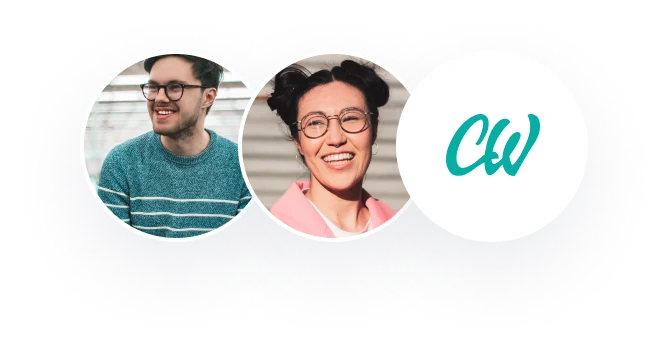Question description
Name: _____________________________
GEOL 101: Final Exam Review Extra Credit (10 points)
DUE ON THE DAY OF THE FINAL EXAM. MUST BE COMPLETED ON THIS HANDOUT. NO NOTEBOOK PAPER.
1. There are five criteria that all substances must meet in order to be considered a mineral. What are they?
2. We have discussed 2 different types of bonding: ionic and covalent. For each, describe the strength of
the bond and provide an example of a substance or material that uses that particular bond.
3. What is the Mohs Scale? What mineral property does it measure?
4. Write a page paper – Describe the different histories reflected in igneous rocks with large crystals, small crystals, and glassy
(no crystals) textures.
5. What igneous rock is the continental crust made of? What igneous rock is the ocean crust made of?
What is the igneous composition of each?
6. Illustrate below the path of sediment from the mountains to the ocean. Make sure to include the
environments: mountains, river, beach, and the deep ocean. Label what type of sediment you would
expect to find in each environment and what sedimentary rock type would result from each type of
sediment.
7. What is the difference between foliated and nonfoliated metamorphic rocks? Why does a foliation
form?
8. Draw a picture of an anticline and syncline below and label which is which. What stress causes these
folds?
9. Complete the table below, listing the type of feature you would expect to find at each of the following
plate tectonic boundary settings. Gray boxes do not have a specific feature, so leave those blank. Also,
place a star in the box that represents the plate boundary type closest to us.
Ocean‐Ocean Ocean‐Continent Continent‐Continent
Divergent
Convergent
Transform
10. There are three types of faults that we’ve talked about. What stress causes each? Make a sketch of
each below and label them. Which of these is the San Andreas Fault?
11. What 3 gases make up the majority of Earth’s atmosphere?
12. What greenhouse gases are responsible for warming Earth?
13. What is an emergent coastline? What type of continental margin would you expect to find one on?
What features would you expect to find on an emergent coastline?
14. What is a submergent coastline? What type of continental margin would you expect to find one on?
What features would you expect to find on a submergent coastline?
15. What is relative age dating? What is the principle of superposition? What is the principle of crosscutting?
16. What is absolute age dating? What is a half‐life?
